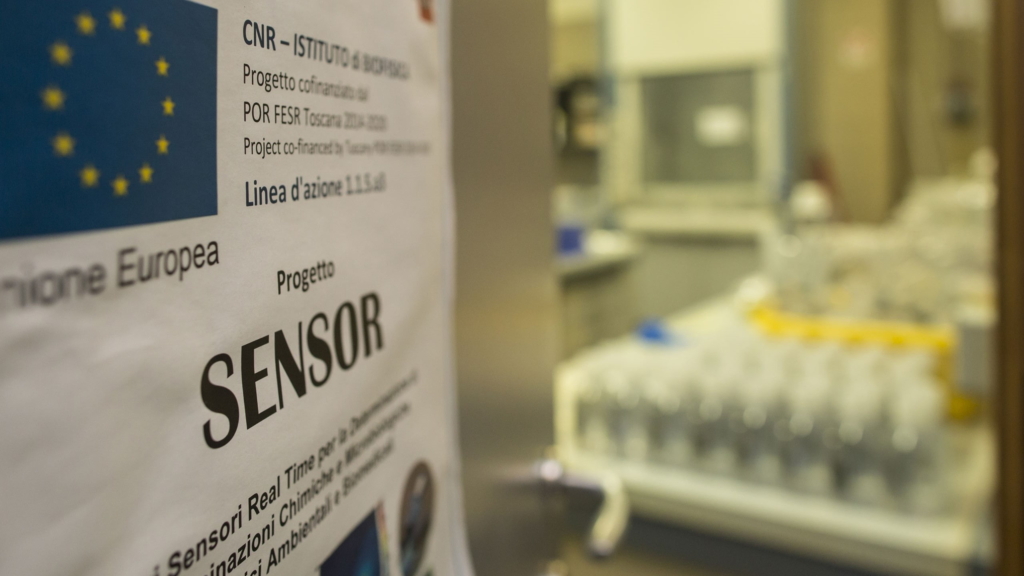Research activity
From the deepest waters of the Mediterranean Sea to the peaks of the Graian Alps
A new and unexpected adventure for La! DOM. After sampling, in March, the deepest salty waters of the Mediterranean Sea (-5000 meters), in July we left to sample the freshwaters at 2700 meters above sea level! And so we spent 3 days in the Gran Paradiso National Park, where our colleagues from the IGG have been studying CO2 exchanges between the soil and the atmosphere for some time. Our aim is to contribute to the study of the carbon cycle in these particular areas by studying DOM dynamics in the alpine lakes of this region.
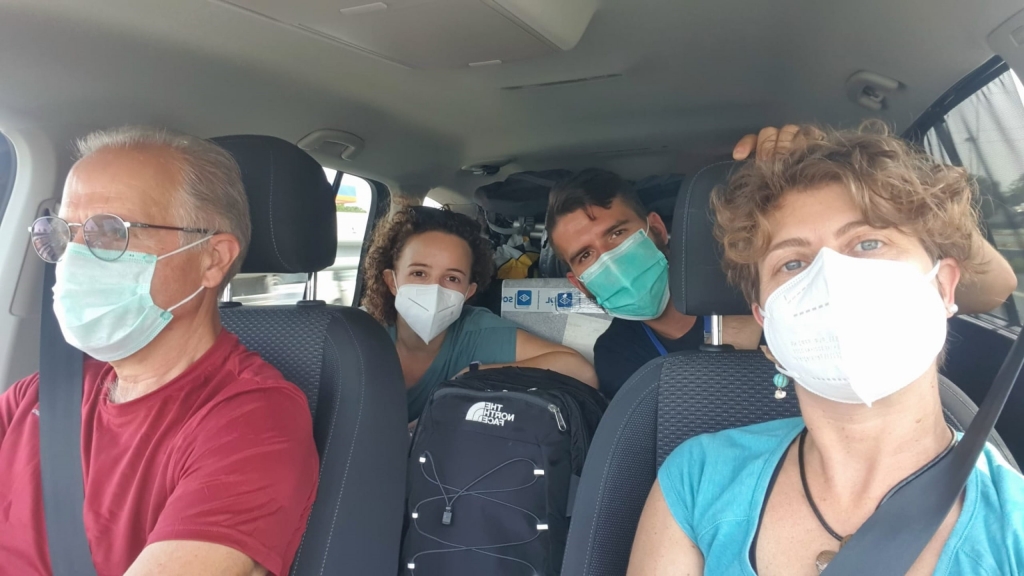
We left Pisa with a car full of material and enthusiasm, it is true that we mainly deal with the sea but we all love the mountains too! The thermometer, which reached more than 30 degrees in Pisa, in the last stretch of road began to descend rapidly until, after passing the last town, we entered a very dense fog bank and the car’s display informed us that it was 3 degrees outside …quite a thermal shock!
Having reached the top of Colle del Nivolet, despite the reduced visibility, we decided to carry on with the first sampling on Lake Nivolet Superiore. Valter and Giancarlo inflated the dinghy in record time, and we jumped into the lake to take the first samples, not without a good dose of fear of ending up in freezing water (10 degrees). After a while we got acquainted with the dinghy and with the multiparameter probe and, in no time at all, we had already finished sampling! The most “fun” part was trying to figure out which side of the lakeshore we started from, but luckily the lake is very small and we let ourselves be guided by Valter’s voice who was directing us from the shore. The first day ended like this, at 7 pm, completely soaked, filtering samples with frozen hands, on the shore of a lake that we could barely see due to the fog.
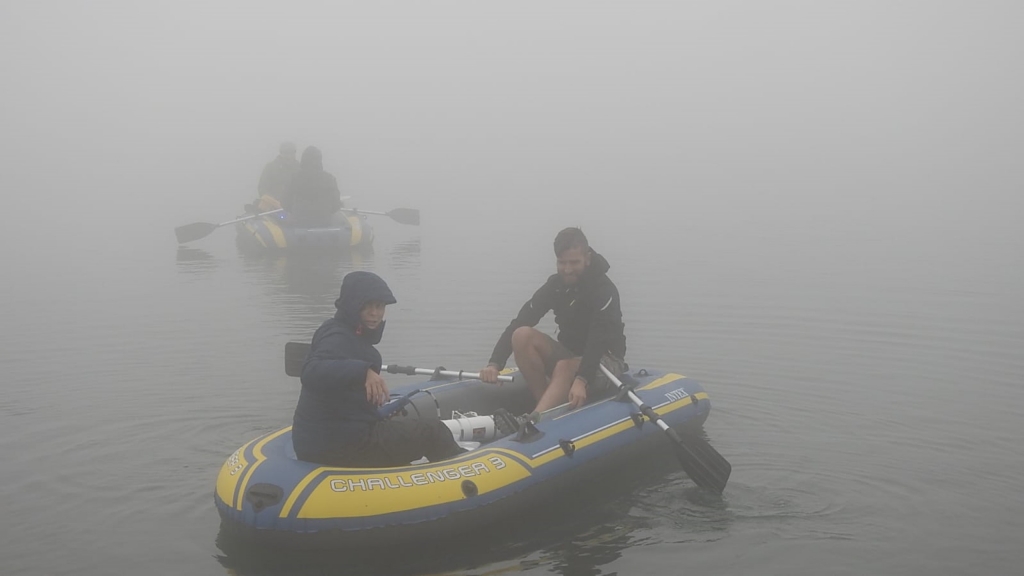
The second day the weather was much better, we woke up with the sun and we ran to sample the second lake, the Nivolet Inferiore. Compared to the first this is slightly larger and inhabited by fish, which were introduced artificially in the 60s. We spent the morning collecting and filtering samples and finally, almost at 2 pm, we allowed ourselves a hearty meal to warm up and recover energy. Unfortunately, at the end of the lunch, the increasing rain and the thunder in the distance discouraged our idea of going for the third lake sampling.
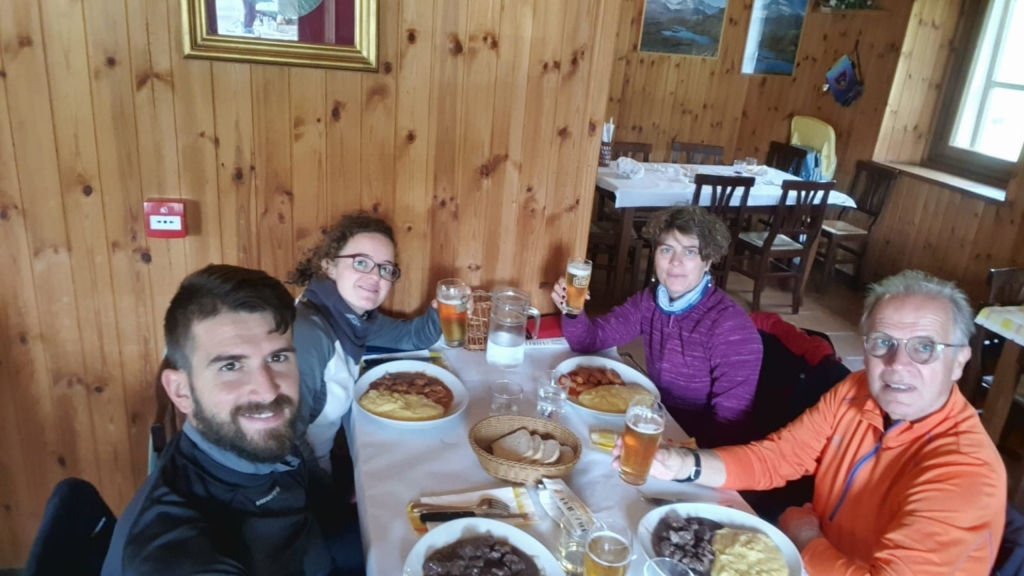
On the last morning, we left early, we had 1 hour of walking to reach the third lake and the car to be returned to the rental in Pisa by 11 pm! We left the car in the parking lot of the refuge, divided the material in the backpacks, and started walking! Getting to the third lake was challenging, also because at an altitude of 2700 m asl the walk is even more tiring, but the view that opened up before us was so spectacular that compensated for the effort!
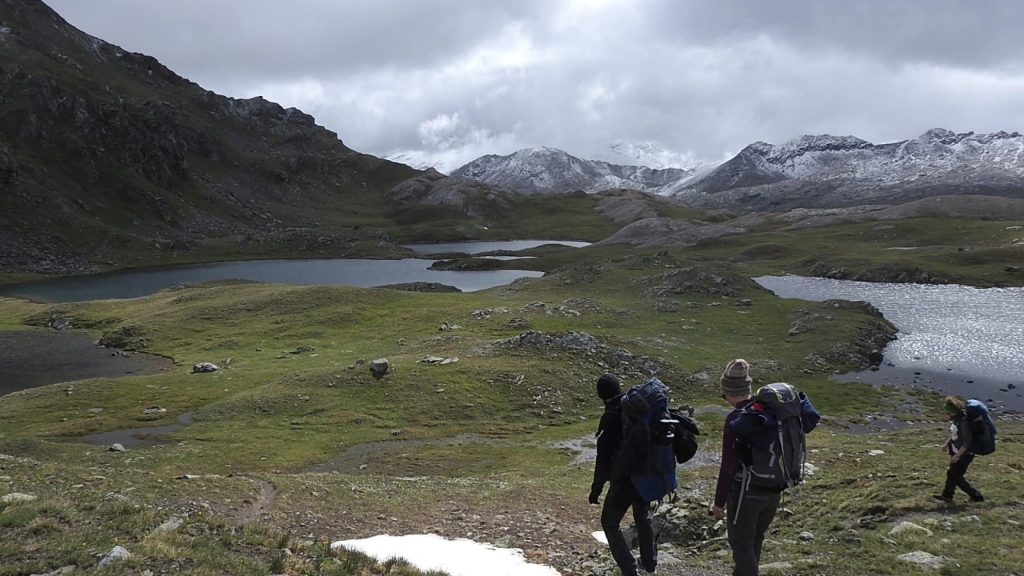
Between one photo and the next, we also carried out the last sampling and we managed to get back to the car just in time to have a “very light”, quick lunch. We left perfectly on time, towards the pleasant 30 degrees of the valley! Here are the final numbers of this experience … Lakes visited: 3; Samples taken: 16; Animals sighted: 1 steinbock, 2 foxes, 1 seagull, yes indeed a seagull, and a disproportionate number of marmots.
We just have to conclude by thanking Antonello Provenzale (IGG) for having involved us in this project!
